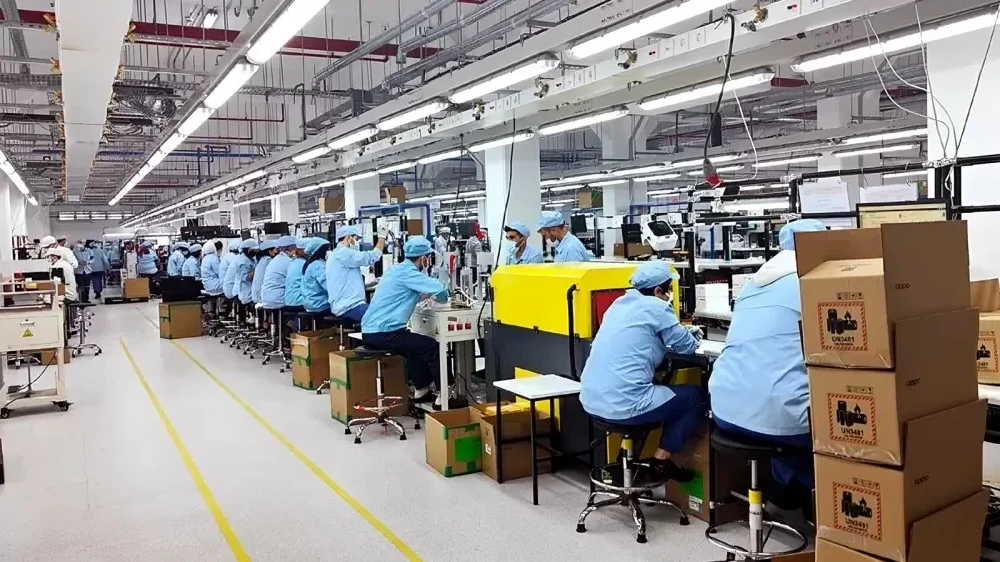Artificial intelligence boosts plant engineering to tackle climate change

Scientists at the Salk Institute have developed a new AI tool, SLEAP, that enhances plant roots for better carbon capture, a breakthrough in efforts to mitigate global warming
Scientists at the Salk Institute use artificial intelligence to pioneer new methods of engineering plants, significantly boosting their ability to help combat climate change.
The team focuses on enhancing the carbon capture capabilities of plant roots, a vital approach to mitigating global warming. The AI tool, SLEAP, was originally developed for tracking animal movements and has been adapted by Salk Fellow Talmo Pereira and Professor Wolfgang Busch for plant root analysis.
Their latest findings were published in Plant Phenomics, and a new protocol employing SLEAP was presented to measure previously hard-to-quantify root traits accurately. “This collaboration is a prime example of what makes Salk science so special and impactful,” stated Pereira.
“We are not just combining disciplines; we are enhancing them to produce something that transcends their individual contributions.”
The sleap-roots toolkit, an adaptation of SLEAP now designed for plant studies, allows researchers to assess root characteristics critical for carbon storage efficiently and precisely. This toolkit, freely available as open-source software, facilitates the analysis of root systems’ depth, mass, and growth angle.
Elizabeth Berrigan, the study’s first author and a bioinformatics analyst in Busch’s lab, highlighted the method’s efficiency. “With sleap-roots, we annotate root systems 1.5 times faster, train our AI models 10 times faster, and achieve predictions on new data ten times faster than before, all while maintaining or improving accuracy,” she explained.
The team has successfully tested this approach on various plants, including critical crops like soybeans, rice, and canola, as well as the model plant Arabidopsis thaliana.
The technology has proven more effective than existing methods, delivering quicker and more precise data that facilitates linking root traits to specific genetic markers.
The initiative has also caught the attention of NASA scientists, who are considering using it to enhance carbon sequestration on Earth and potentially study plants in space.
The ongoing collaboration at Salk is poised to expand, with plans to employ SLEAP in analyzing 3D data, thus further augmenting the toolkit’s capabilities.
Professor Wolfgang Busch, the Hess Chair in Plant Science at Salk, expressed his enthusiasm for the project’s future prospects. “SLEAP has proven invaluable in our lab. It simplifies our research and enables us to advance at a pace we previously couldn’t have imagined,” he remarked.
This initiative is part of Salk’s broader efforts to harness plants’ natural ability to remove carbon dioxide from the atmosphere, thereby contributing effectively to climate change mitigation.
Source: Newsroom



